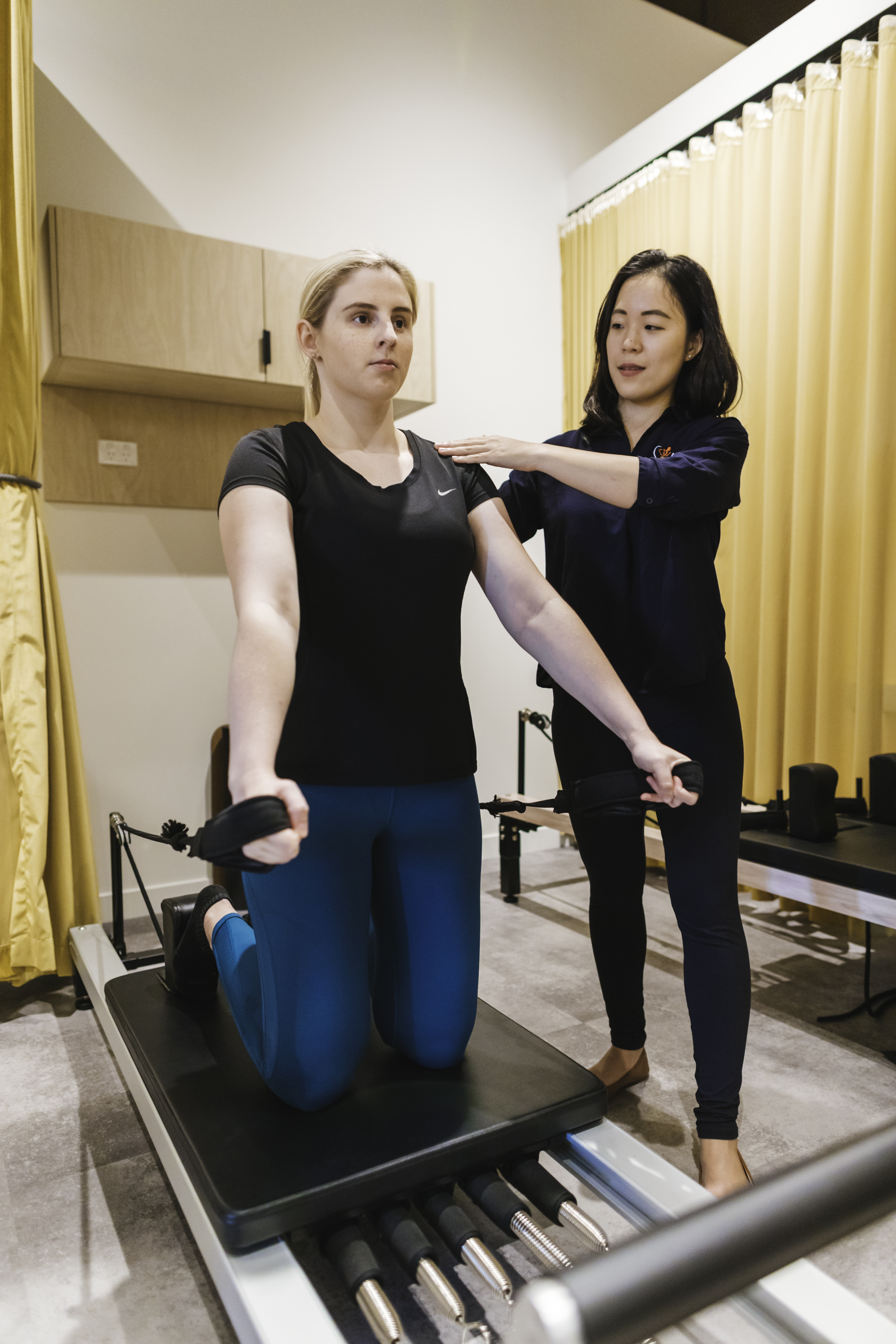
Climbing is a fitness activity that covers almost all of your body’s muscles, making it an amazing way to build a trained and balanced physique. As with anyone undergoing strenuous activity, however, a climber can also be prone to injury if they don’t practise precaution in their climbing technique and training regimen.
Sustaining a climbing injury to one’s shoulders or rotator cuff tendons can lead to painfully long recovery periods and even potential permanent muscle damage.
Practising primary prevention
The best way to deal with potential injuries is by practising ‘primary prevention,' which is a set of guidelines and habits that allows your body to avoid incurring these injuries in the first place. In this article, we will share three primary prevention habits to include in your fitness routines to prevent injuries in your next climbing excursion:
Listen to your body’s limits
Many athletes and sports enthusiasts are prone to pushing their bodies to the limit. This affects not only climbers but also individuals who are into competitive sports.
A person’s competitive spirit can work against them by making their body burn itself out. People with the Type A personality traits of being proactive, motivated, and organised, sometimes unknowingly ignore their body’s pain in favour of going the extra mile. Such practices, however, can lead to a prolonged rehabilitation period when they could’ve simply undergone a few days of rest.
In the same way that you should regulate your training intensity, you should also be mindful of how you push your body in climbing pace. Know when it’s time to give your body a rest so that you won’t be putting too much stress on your muscles.
Warm-up with the right exercises
One of the most commonly sustained climbing injuries is ruptured finger pulleys. As the leading acute climbing injury for most climbers, the common occurrence has been connected to poor warm-up exercises. When your body doesn’t experience a sufficient warm-up period before a gruelling physical activity, it forces itself to adapt to the situation quickly, making cramps and muscle tightness a typical side effect.
Dedicate your stretching to the proper muscle areas, such as the upper trapezius, your forearms, and your latissimus dorsi. Don’t forget to include core and lower body exercises, especially on your hamstrings, to increase your flexibility in reach and durability in shifting weight. For your climbing physique to function at its best, you need to practise static exercises regularly after climbing and on rest days, not only before your climbing session.
Work on the right muscles
An unprepared body is one of the more common causes of burnout and fatigue in climbers. Adventurous individuals need to work on their footwork, paired with the right posture and technique. To stretch your tightened muscles, you need to get a feel of which muscles aren’t working at their best. Then, focus your attention on your antagonist muscles, mainly the mid to lower traps, triceps, and finger extensors. These allow you to have better movement in reaching and grasping farther from your centre of gravity.
Strengthening your hamstrings and glutes allows you to hold dynamic posture without going off-balance. Keep training these muscle groups while making sure that your body isn’t pushing itself too far with the volume and intensity of your fitness regimen.
Conclusion
The best way to treat an injury is by not having to deal with it in the first place. At the same time, the key to avoiding climbing injuries is by knowing your body’s strengths and weaknesses so that you can gradually build your muscle strength gradually with the right pacing.
Sustaining an injury is a painful process, and an even more stressful situation is not having a reliable physician in treating your muscle’s damages. If you’re in need of physiotherapy in Brisbane for your sports-related injuries, contact us today, and our team of experts will diagnose and treat your pain in no time!

